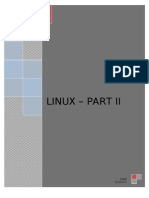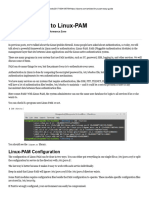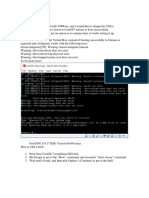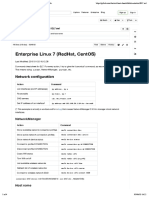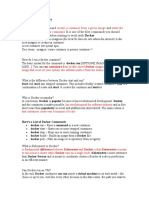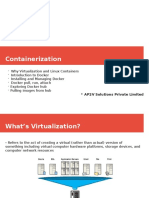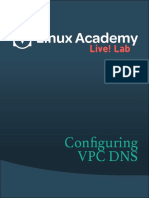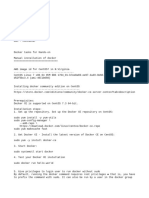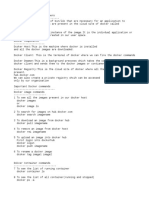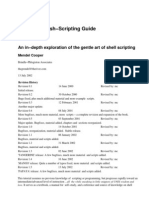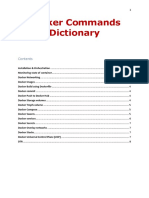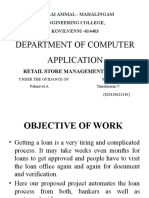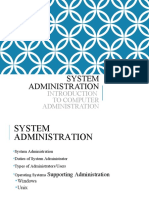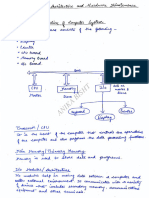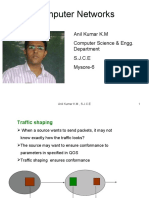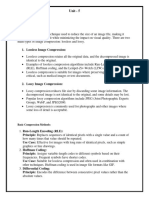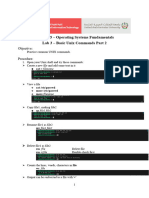0% found this document useful (0 votes)
351 views3 pagesDocker Deep Dive Notes
This document provides information on various Docker commands and concepts. It summarizes Docker container, image, network, and volume commands. It also describes Docker concepts like ports, logging, networking components, and how to install Helm.
Uploaded by
John HernandezCopyright
© © All Rights Reserved
We take content rights seriously. If you suspect this is your content, claim it here.
Available Formats
Download as TXT, PDF, TXT or read online on Scribd
0% found this document useful (0 votes)
351 views3 pagesDocker Deep Dive Notes
This document provides information on various Docker commands and concepts. It summarizes Docker container, image, network, and volume commands. It also describes Docker concepts like ports, logging, networking components, and how to install Helm.
Uploaded by
John HernandezCopyright
© © All Rights Reserved
We take content rights seriously. If you suspect this is your content, claim it here.
Available Formats
Download as TXT, PDF, TXT or read online on Scribd
/ 3





